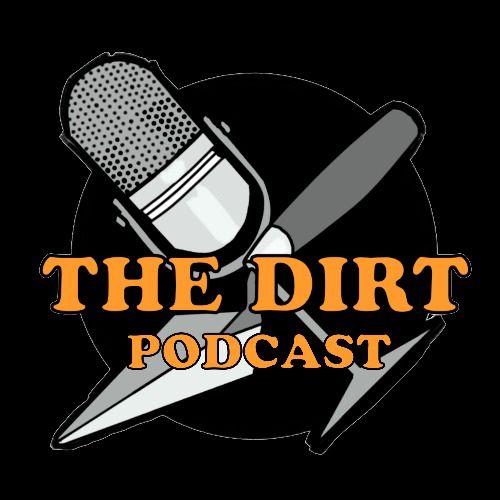The Dirt Podcast
As science communicators in anthropology and archaeology, we hosts of The Dirt acknowledge that we hold a position of considerable privilege and opportunity, and commit ourselves to continuous learning, unlearning and reflection. We recognize that our disciplines, as well as our own lives, are rooted in and propped up by settler colonialism, white supremacy, and dispossession.
We now reside on the stolen ancestral territory of the Shawnee and Haudenosaunee and on the lands of the Muscogee and Cherokee Nations, but over its lifetime, The Dirt has also been produced on the unceded traditional territory of the Piscataway Conoy and Cedarville Band of Piscataway Indians, as well as that of the Yocha Dehe Wintun Nation, Patwin and Miwok peoples and all those dispossessed by Cession 296. We offer our show as a platform for Indigenous scholarship, history, and cultural expression, through citation and conversation, and we welcome the opportunity to host and compensate Indigenous scholars of archaeology and anthropology as interview guests.
Likewise, we encourage all listeners who reside in settler-colonial states to learn about on whose land they reside, their place in the ongoing process of colonization, and how to contribute materially to reparations and Indigenous sovereignty.

